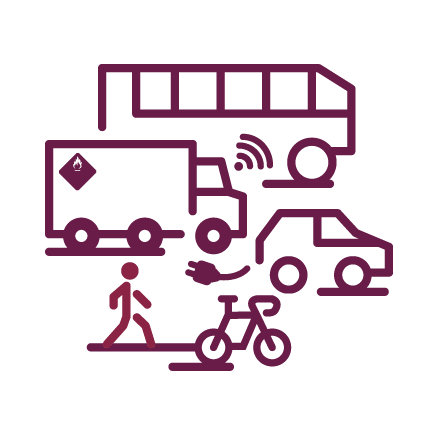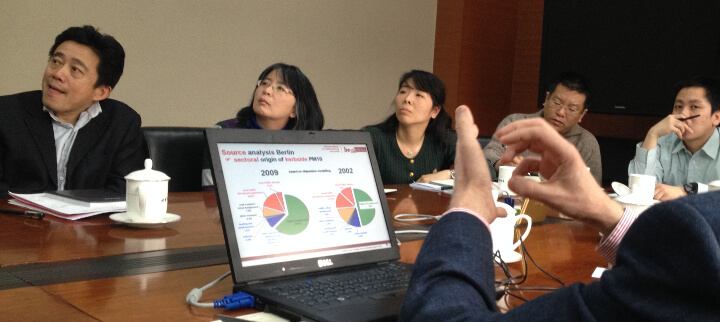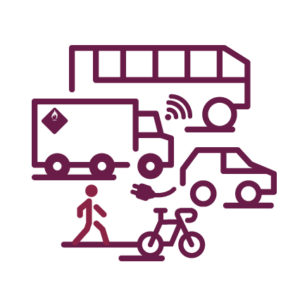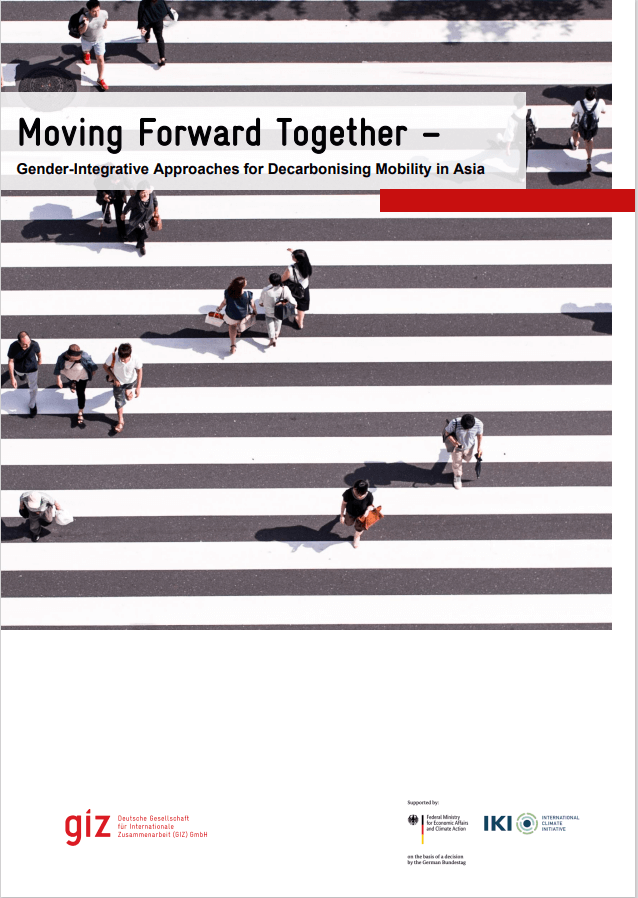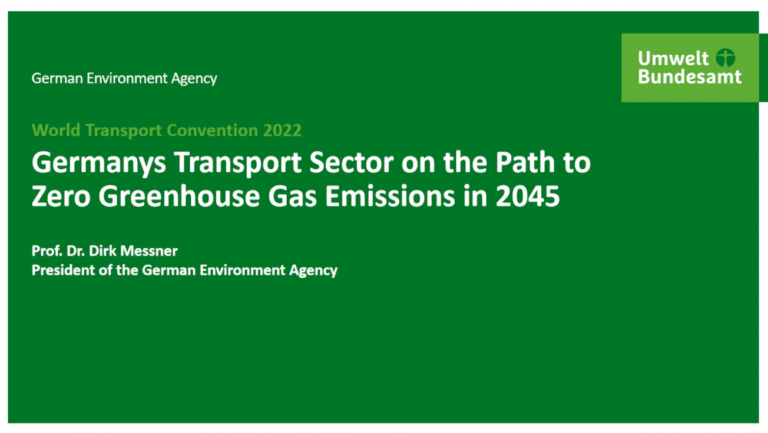In February 2014, hazardous smog in Beijing once more made headlines across the world. Particulate matter measurements (PM2.5) temporarily exceeded the 25 micrograms 24-hour mean considered safe by the World Health Organization by 15 times. For one day Beijing’s authorities raised its air pollution alert to orange, the second highest of the four-tiered system. To tackle the repeating smog events, Beijing released its Clean Air Action Plan last autumn, outlining the introduction of a congestion charge and an expansion of the low emission zone policy in Beijing.
According to current estimates, the transport sector accounts for approximately 22% of Beijing’s PM2.5 air pollution. To remove highly polluting vehicles from Beijing’s roads a Low Emission Zone (LEZ) within in the 5th ring road was implemented for vehicles that cannot meet the Euro I emission standard (so called yellow label vehicles) in 2009. With the start of this year the zone was expanded to the 6th ring road. The overall aim is to phase out all yellow label vehicles by 2015.
In a joint approach the two German Federal Ministry for the Environment, Nature Conservation, Building and Nuclear Safety (BMUB) funded projects, Sino-German Environmental Partnership and the Transport Demand Management project, initiated a meeting on low emission zones with Martin Lutz, Deputy Director Emission Control Department of the Senate Department for Urban Development and the Environment Berlin, and Li Kunsheng, Director of Beijing Municipal Environmental Protection Bureau. For one afternoon, Lutz and Li discussed the environmental benefits of LEZs, procedural aspects and the positive experiences made in the German capital. The number of cleaner vehicles on Berlin’s roads increased and Diesel soot emissions reduced drastically, e.g. at Frankfurter Allee emissions decreased by 63% compared to the baseline development.
Read more about LEZs in Germany in the following publications:
• Presentation on “The Development Experiences of Low Emission Zones in Germany” by Axel Friedrich, former Head of Transport and Noise Division at the German Federal Environmental Protection Agency.
• GIZ Factsheet on “Environmental Zones” with examples from Berlin and Milan which is an extract of the Transport Demand Management report on international best practice examples.
The draft scheme for congestion charging in the inner city area is currently evaluated by the Beijing Traffic Management Bureau (BMCT) and the Beijing Transport Research Centre (BTRC). On behalf of the BMUB the TDM project consults BTRC on congestion charging and emission reductions in transport. GIZ, its partners at BTRC, and the Swiss INFRAS Institute established a first version of a Chinese emission factor database. The emission factors were adopted from the European Handbook for Emission Factors (HBEFA) to the Chinese context through establishing typical driving cycles, including heavy stop-and-go situations occurring in many Chinese cities. The database will enable Chinese cities to better quantify transport related GHG and pollutant emission and model effectiveness of potential traffic restricting policies.
